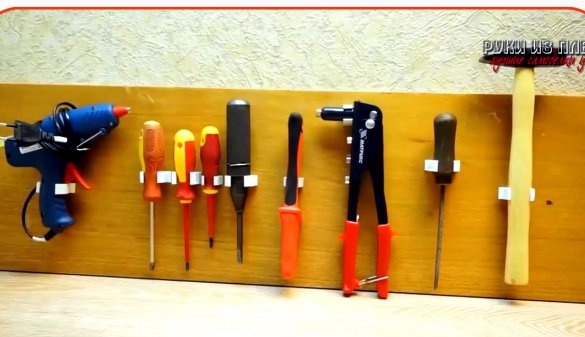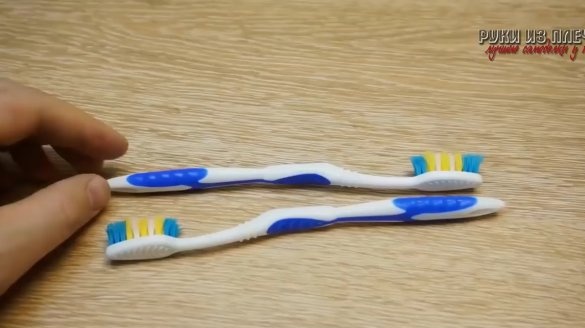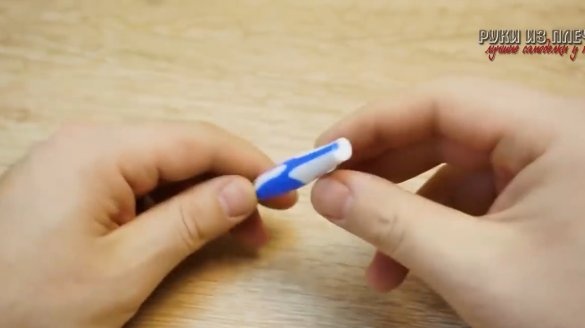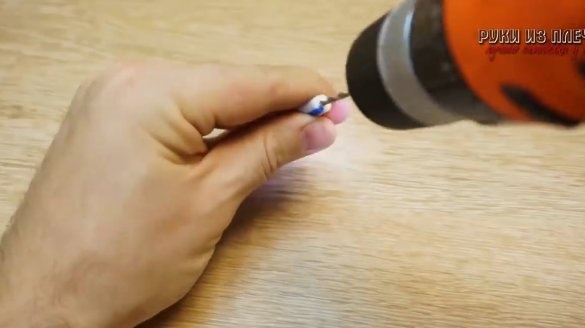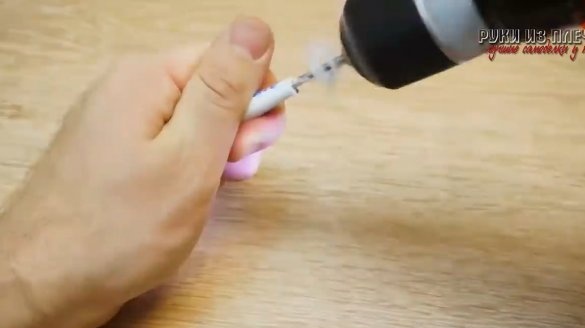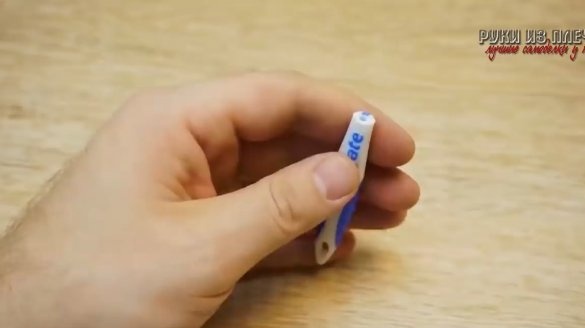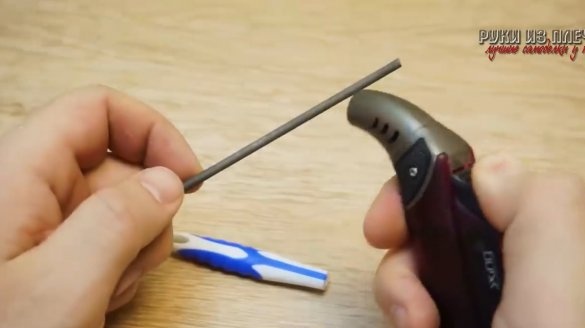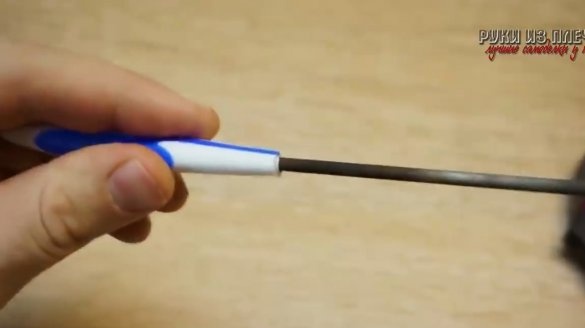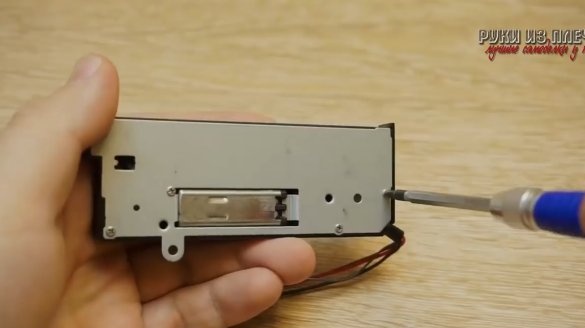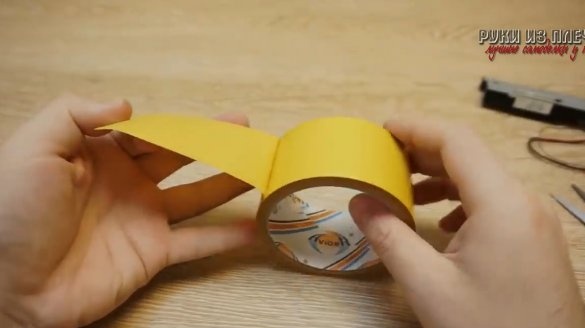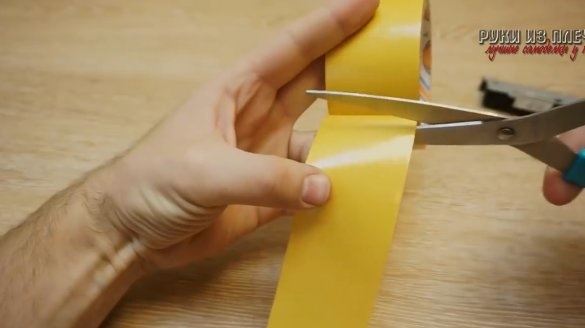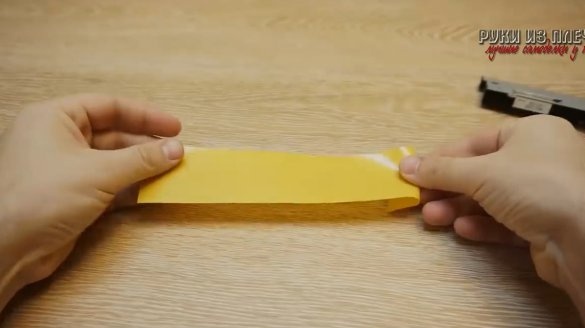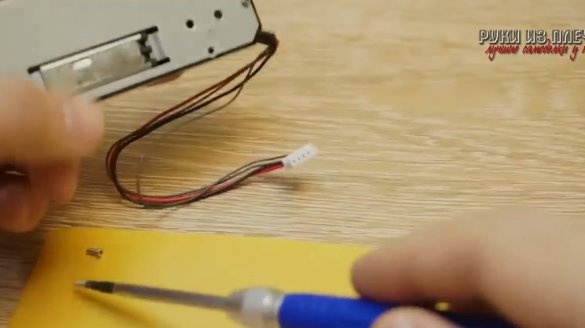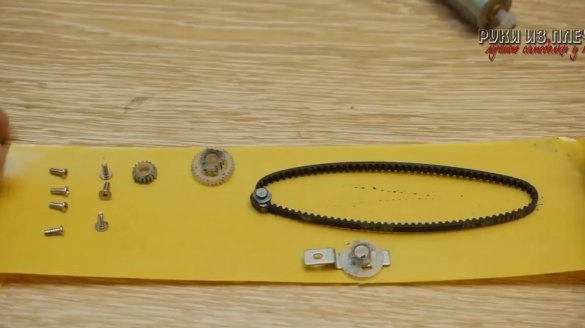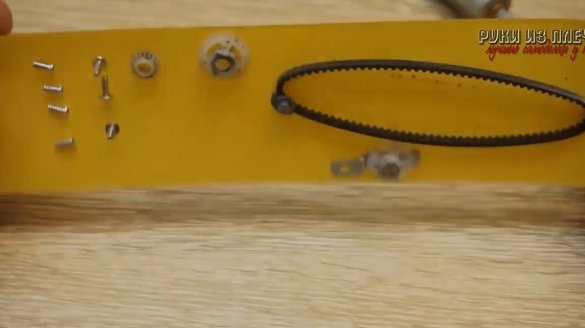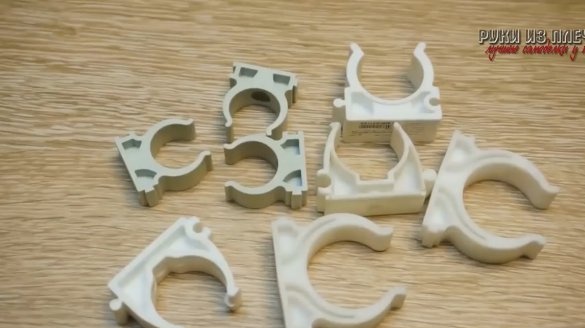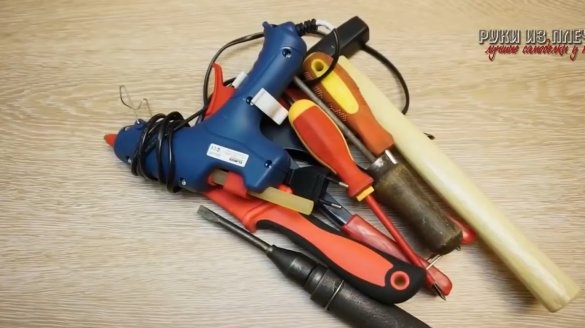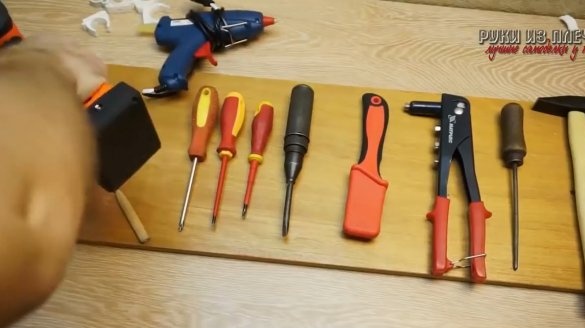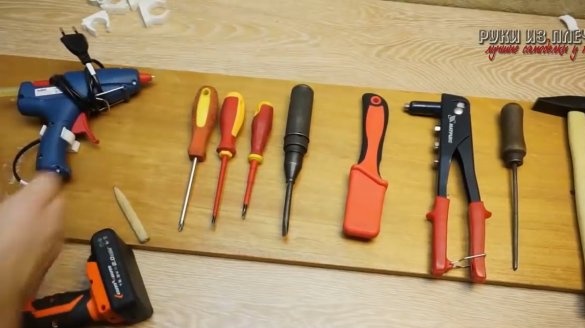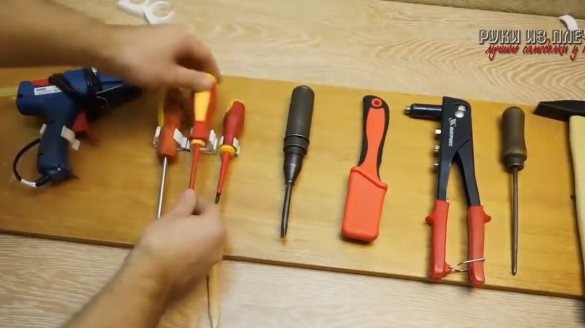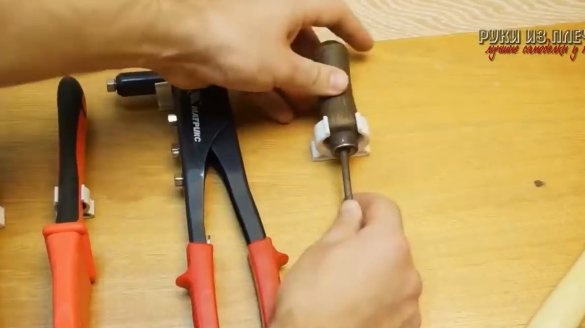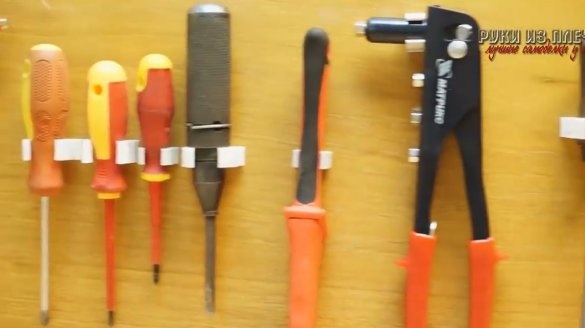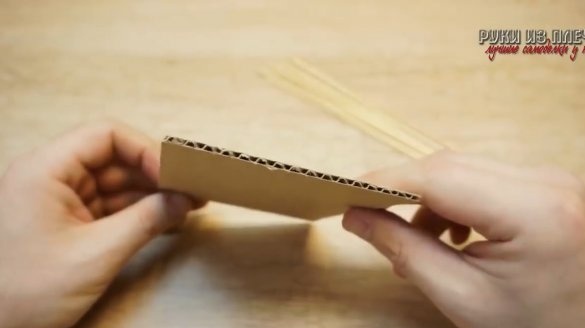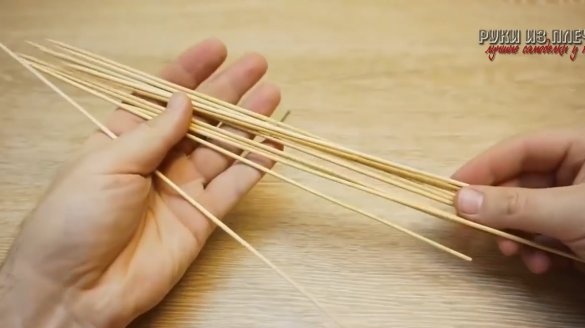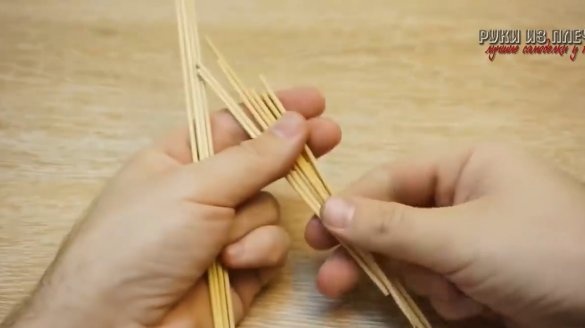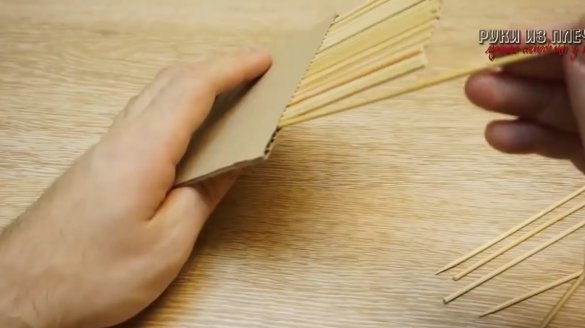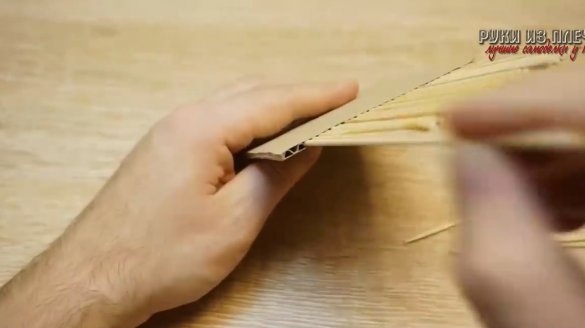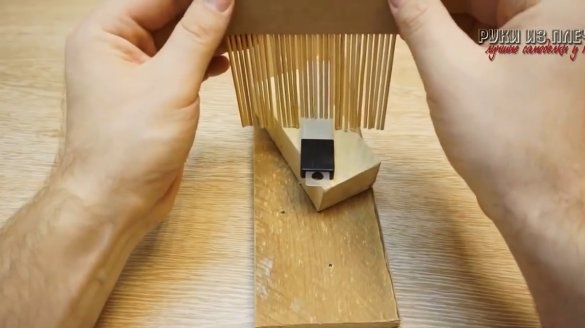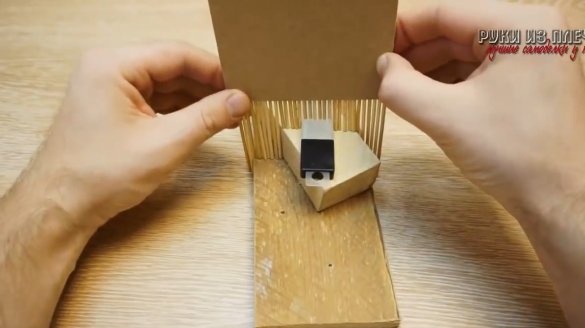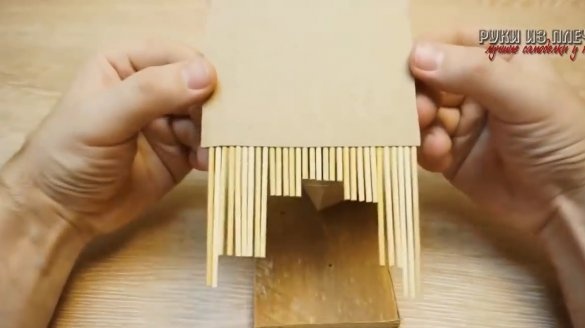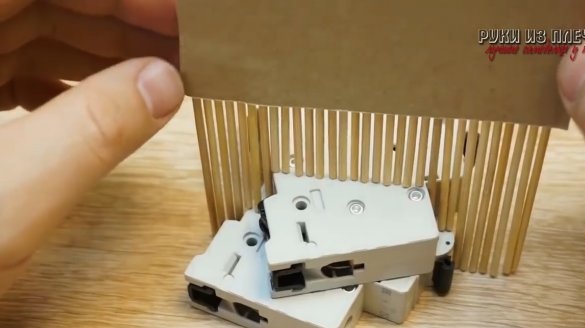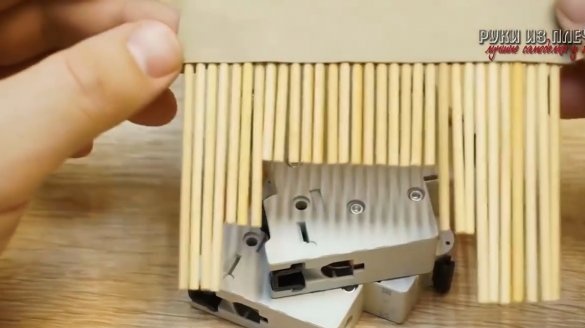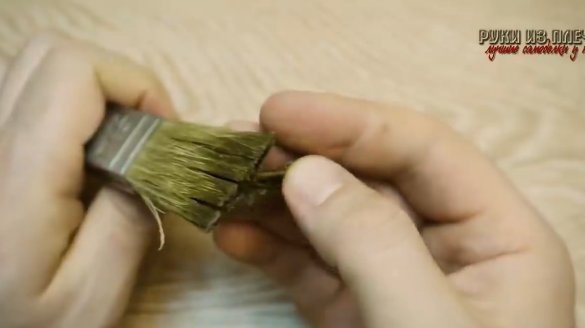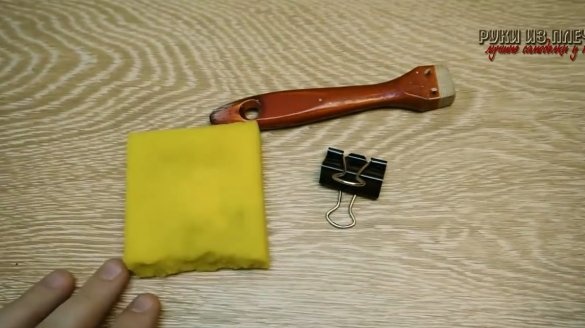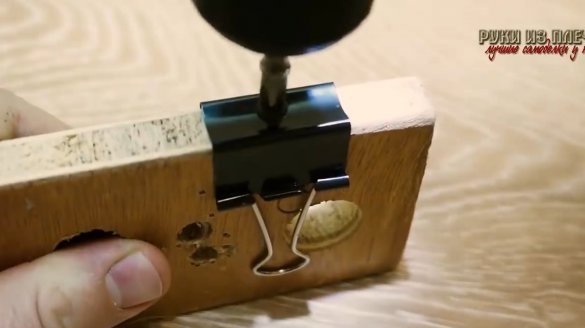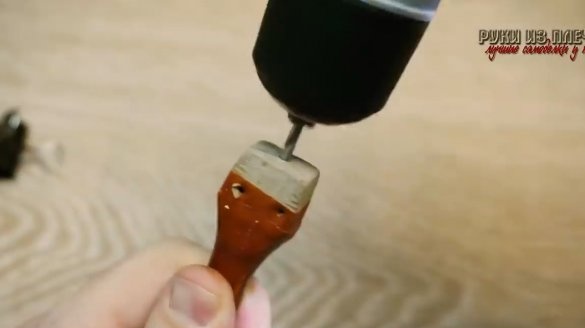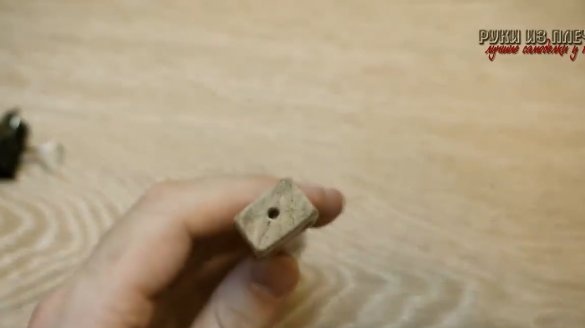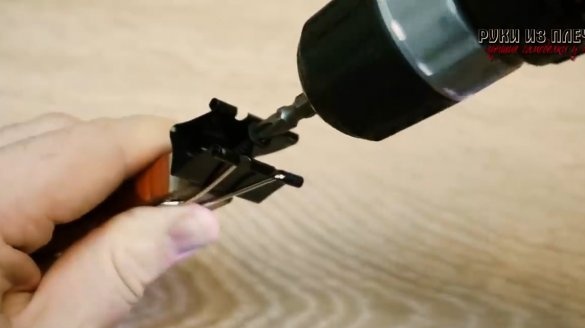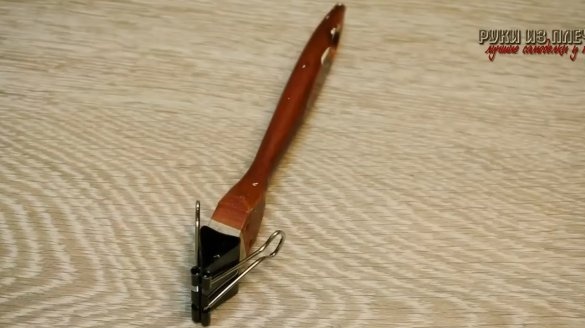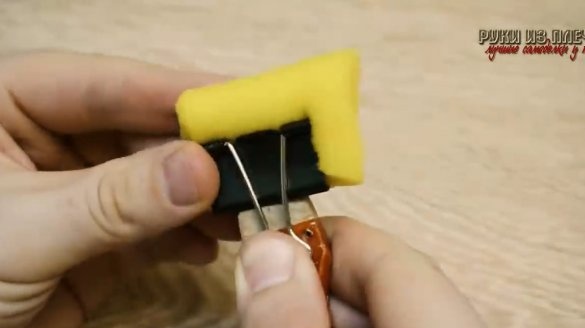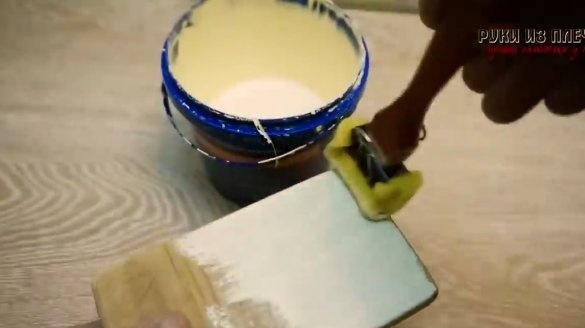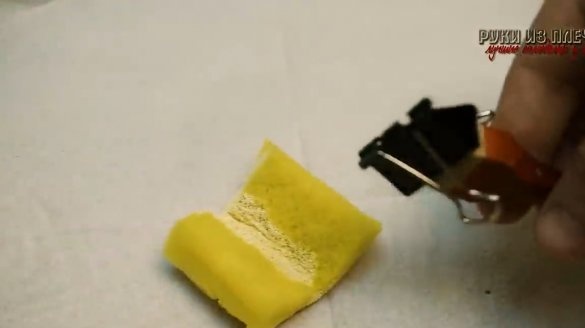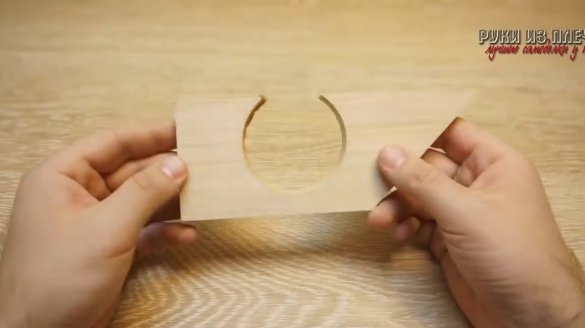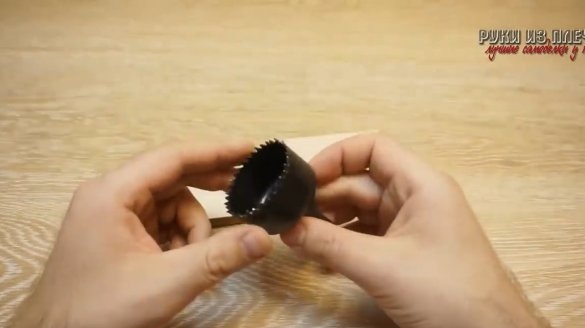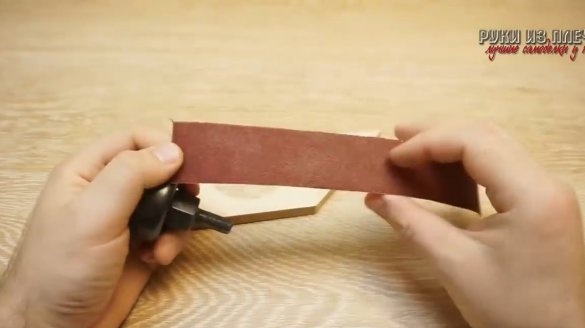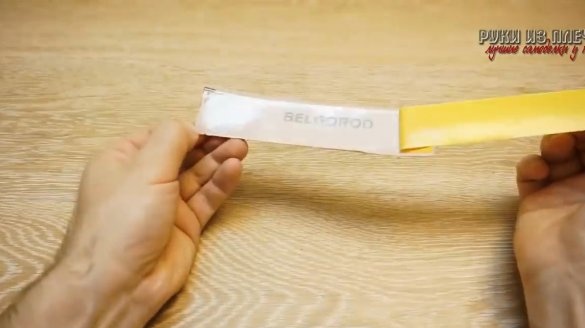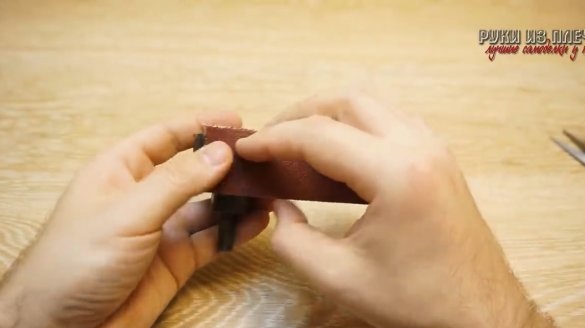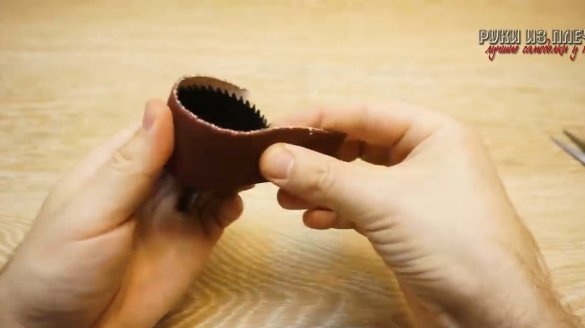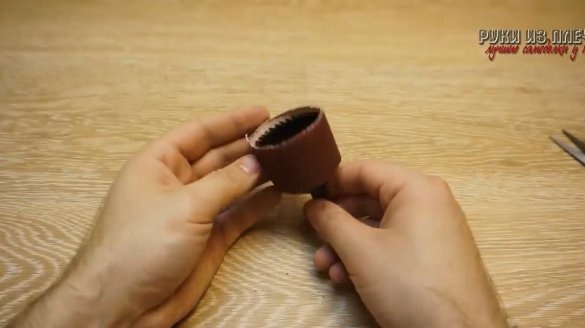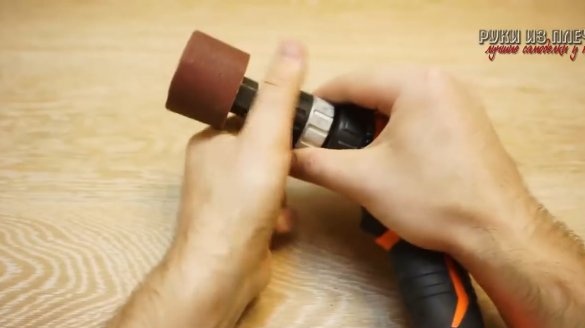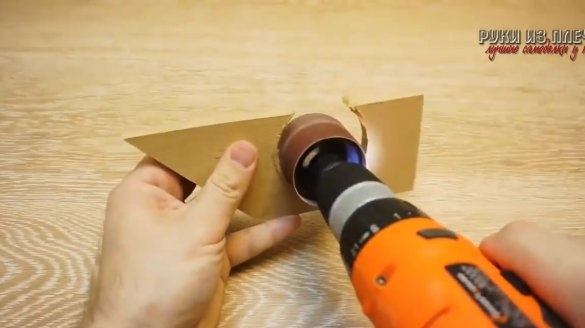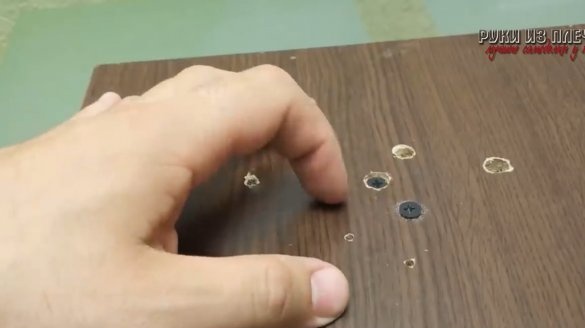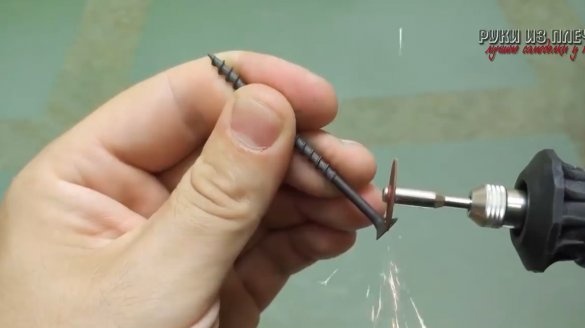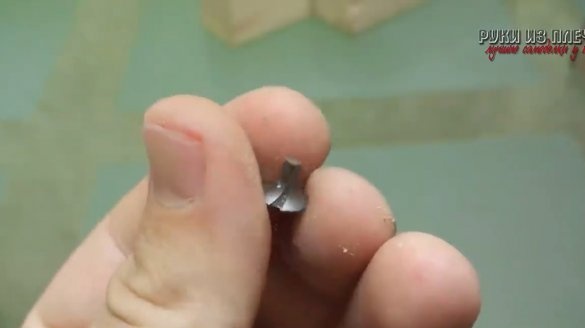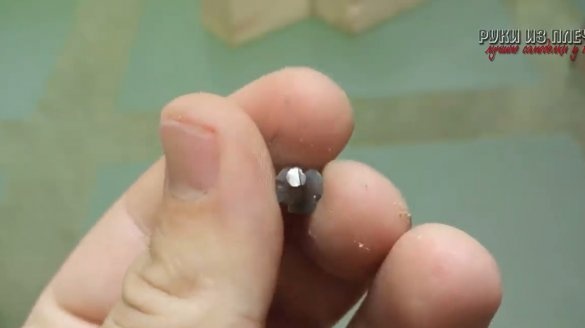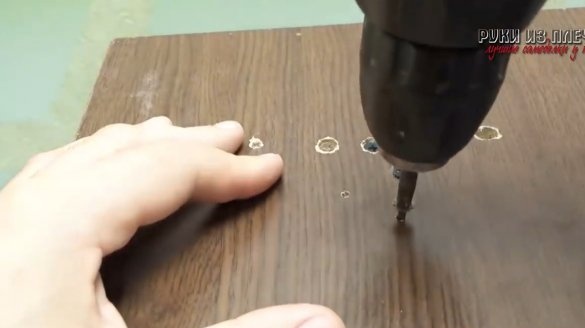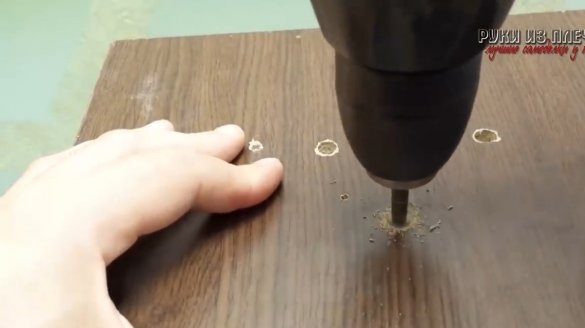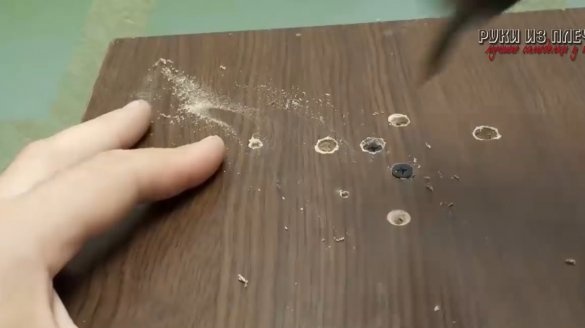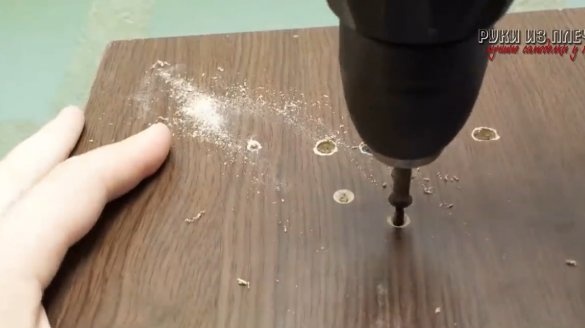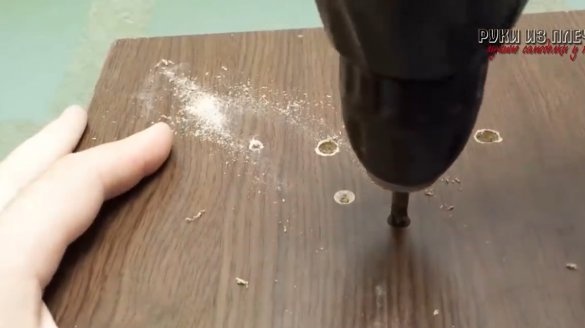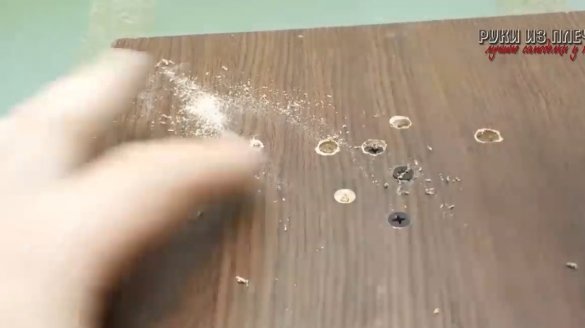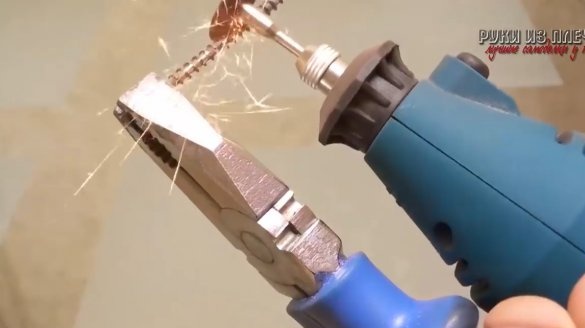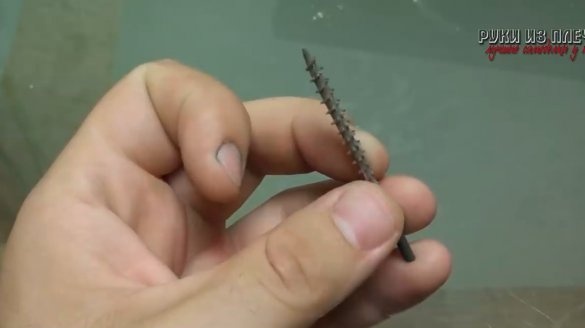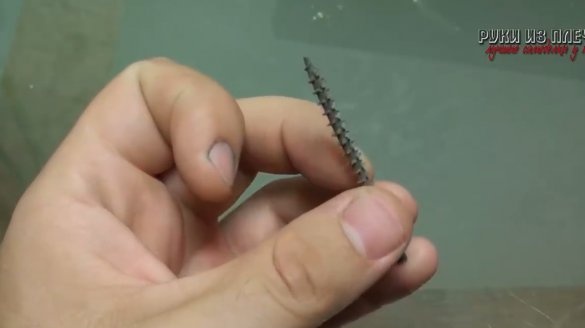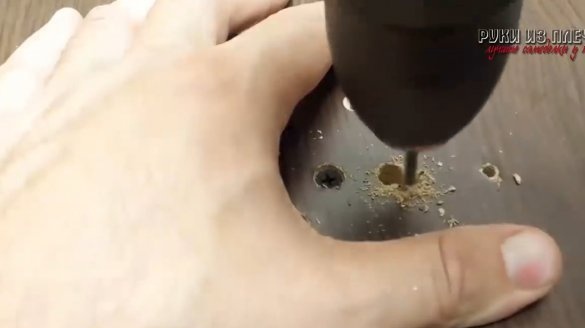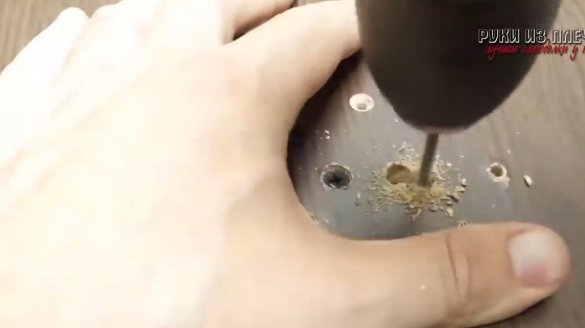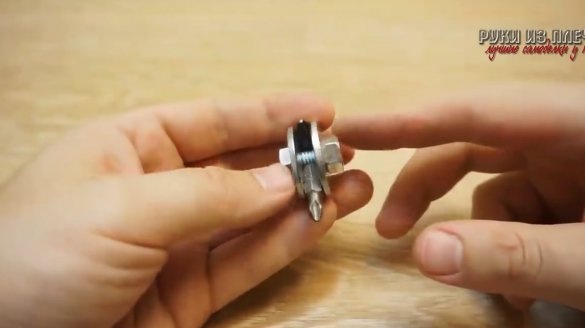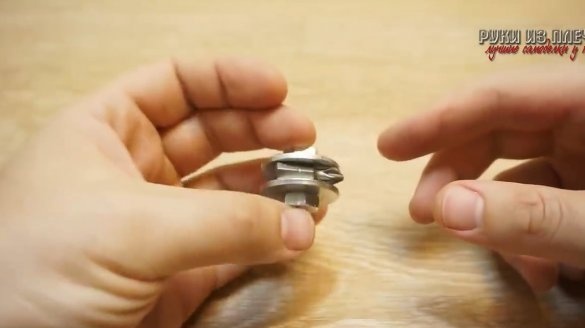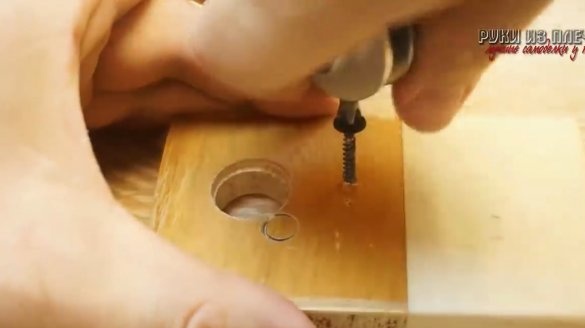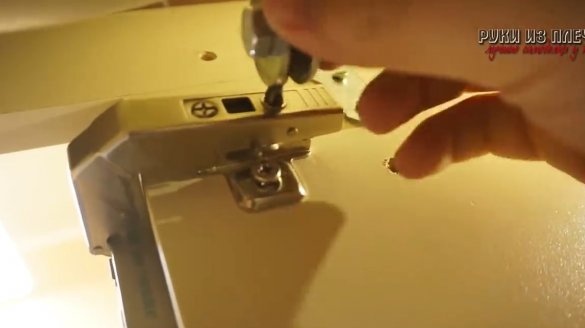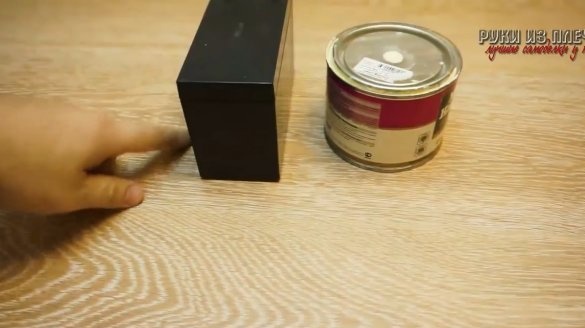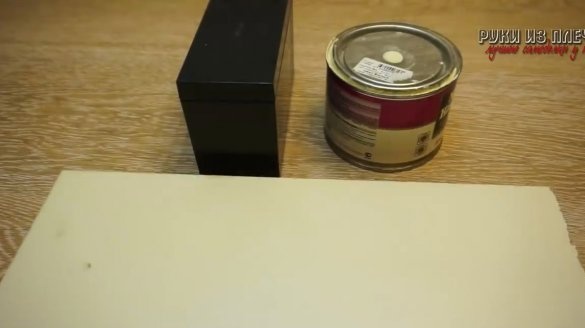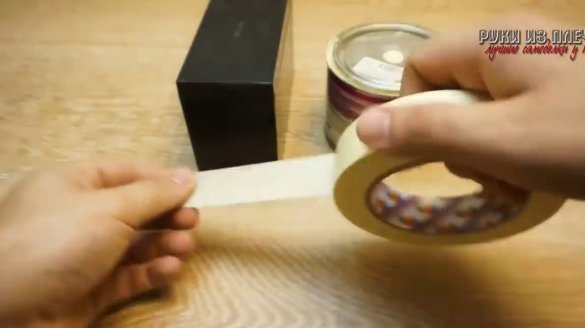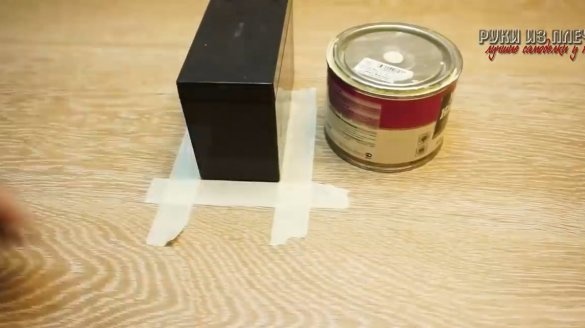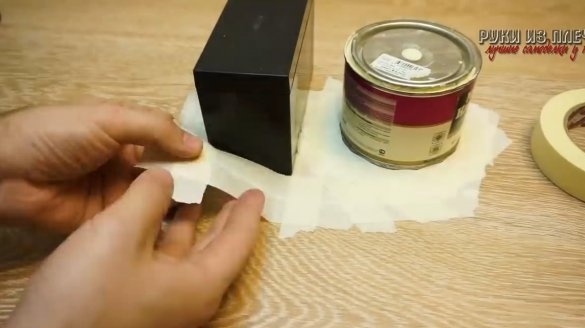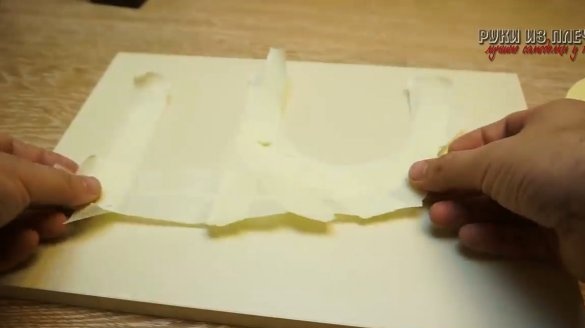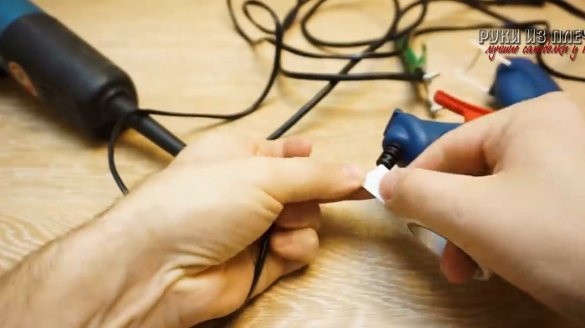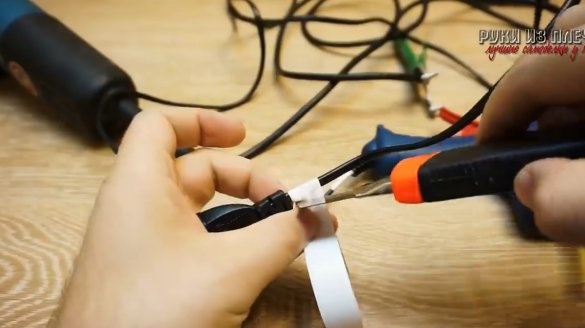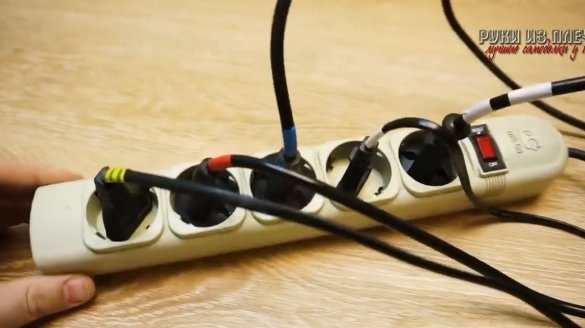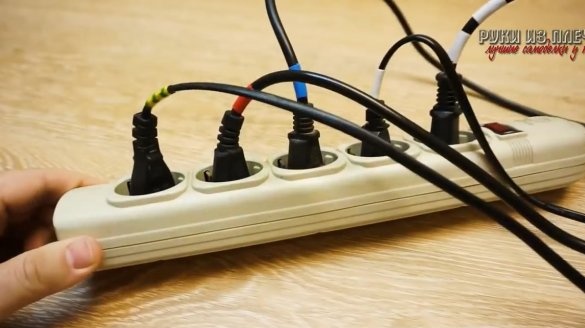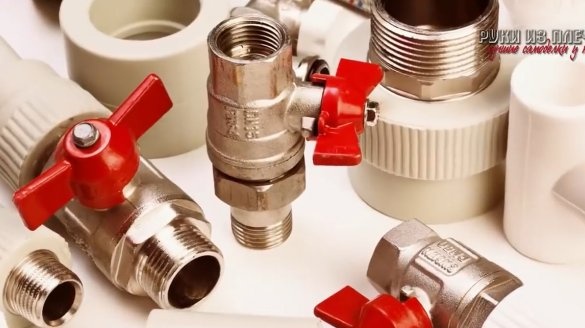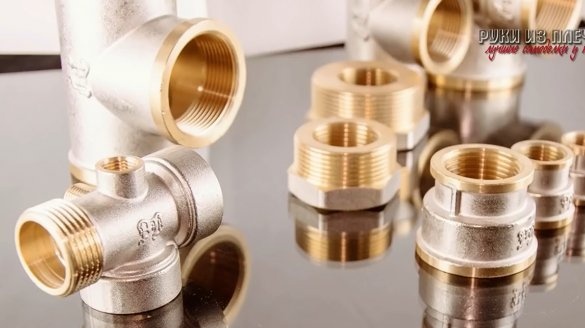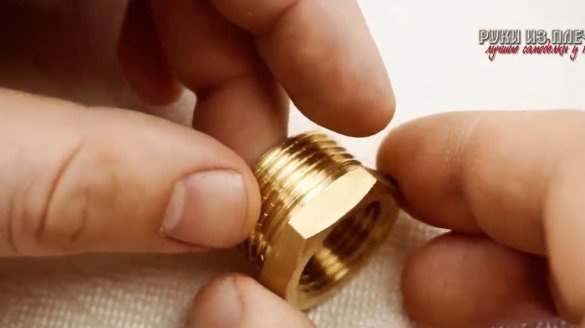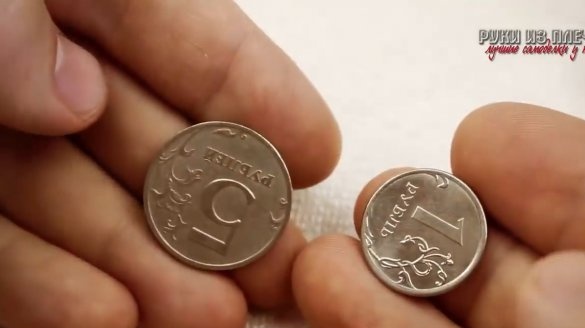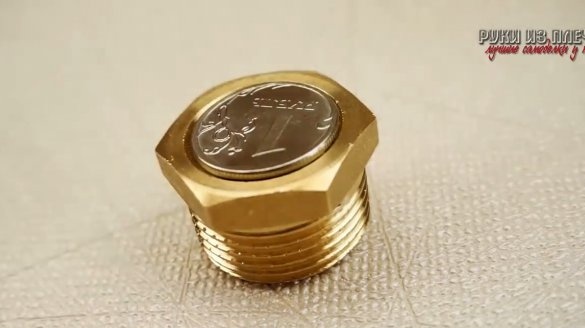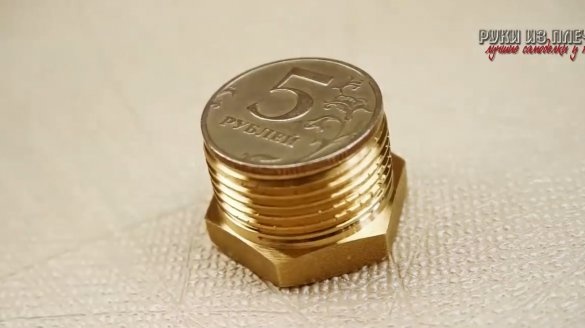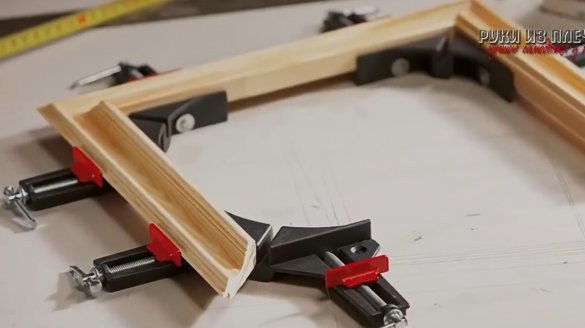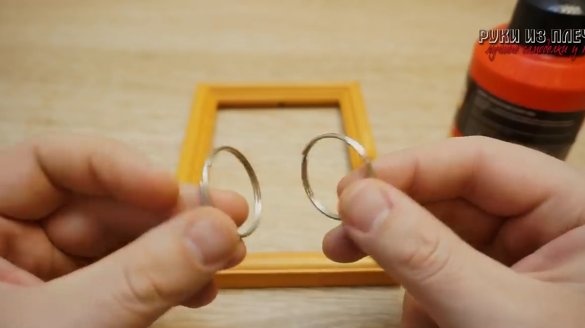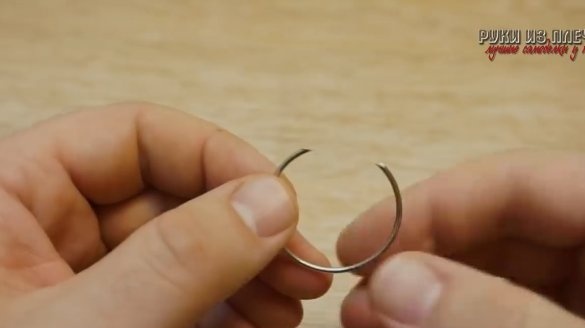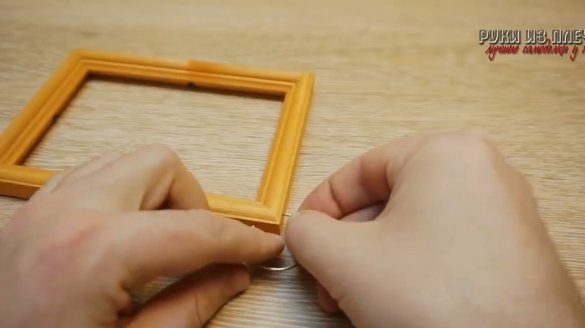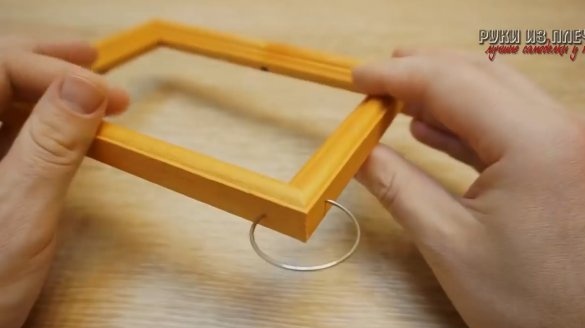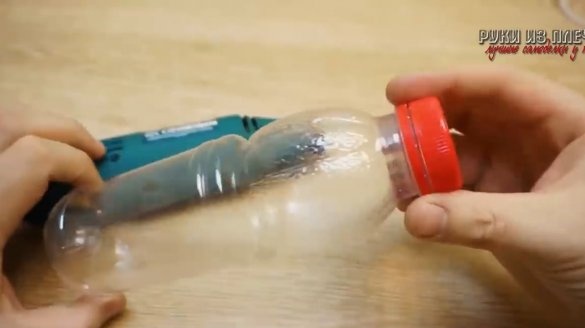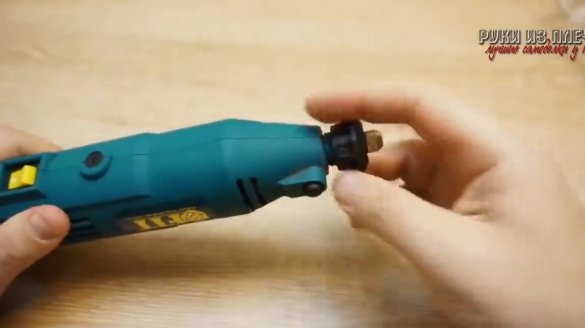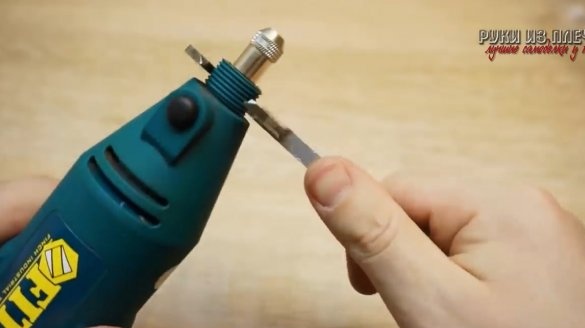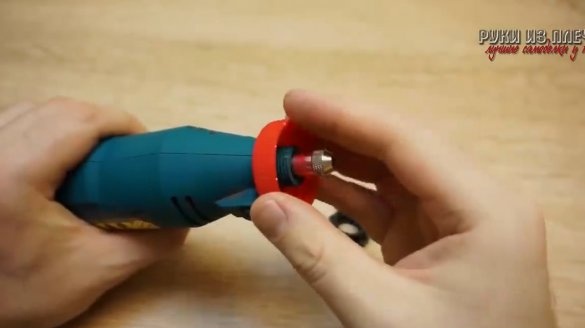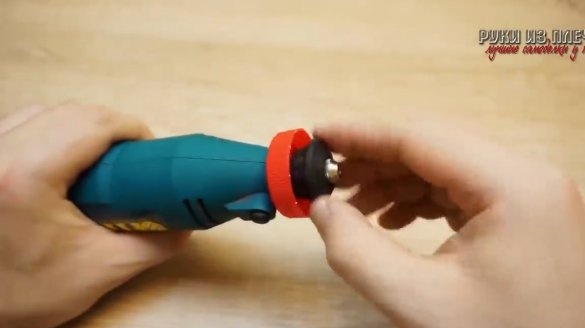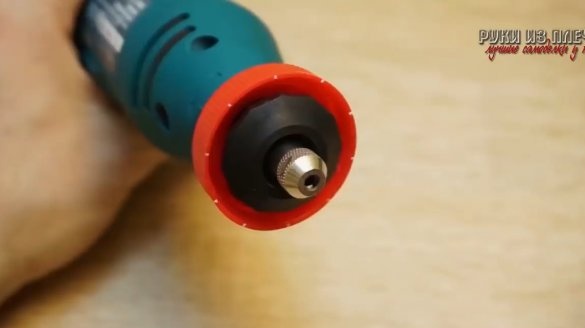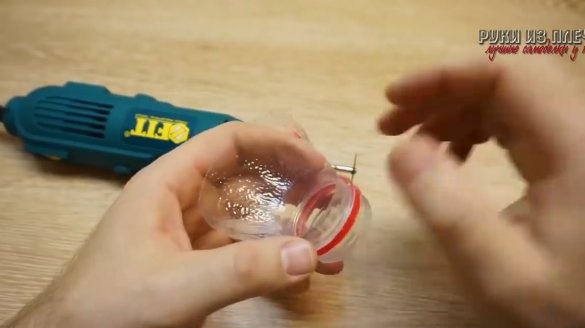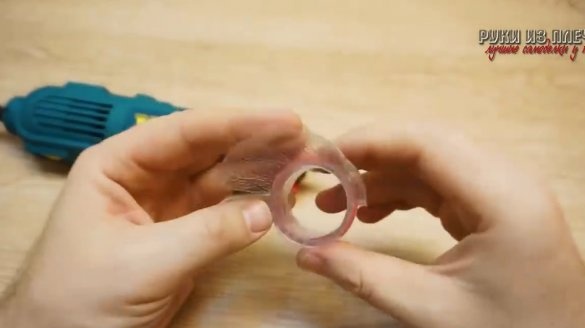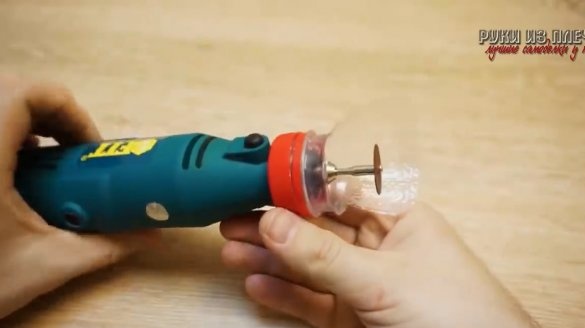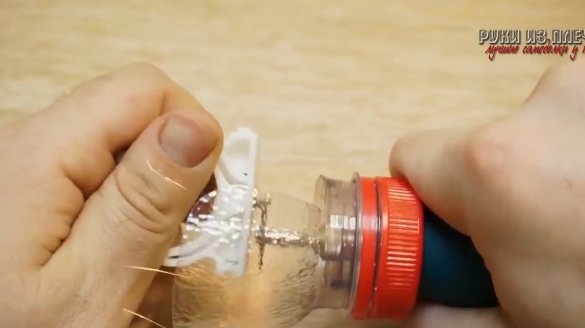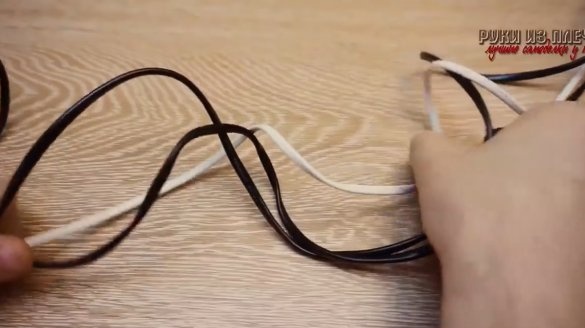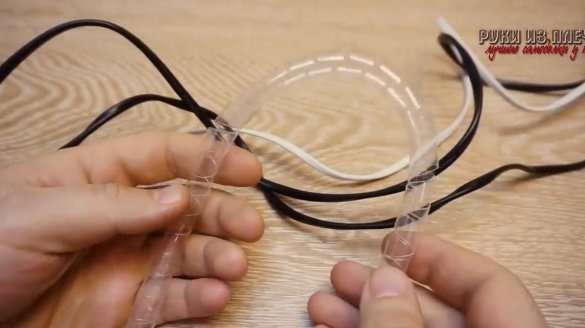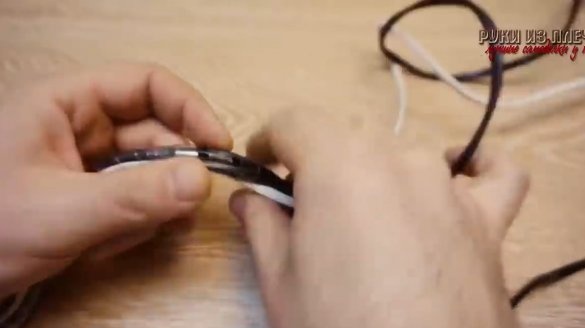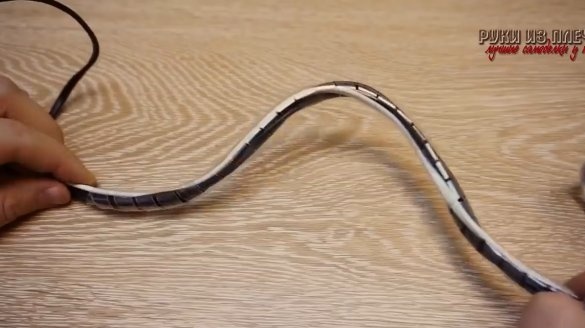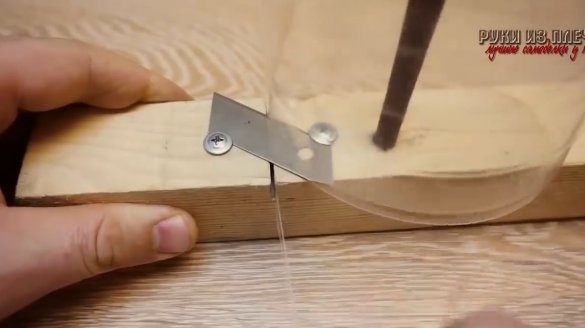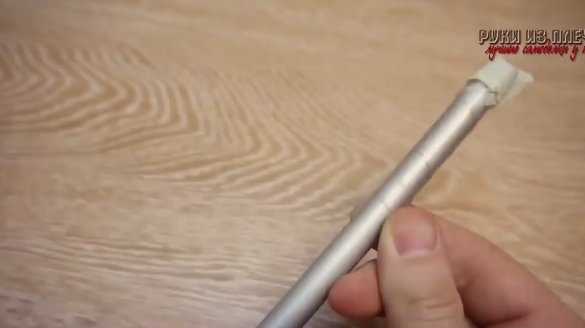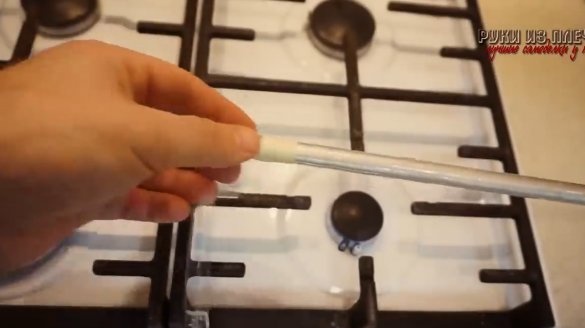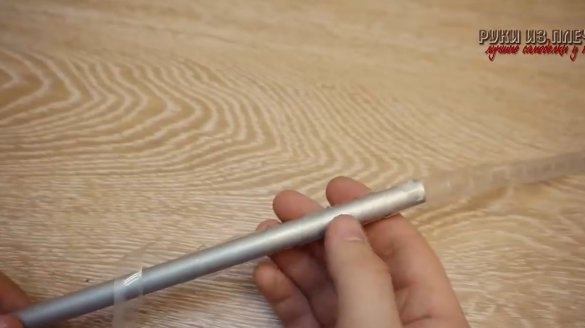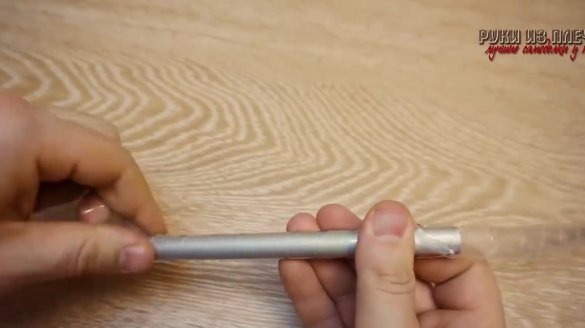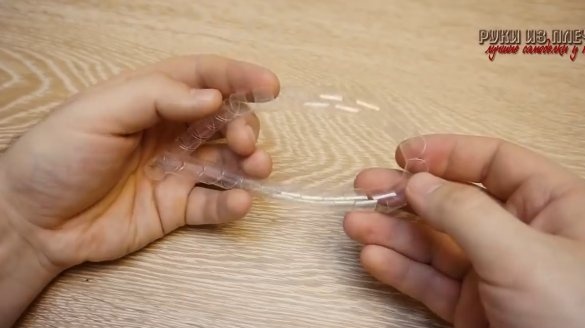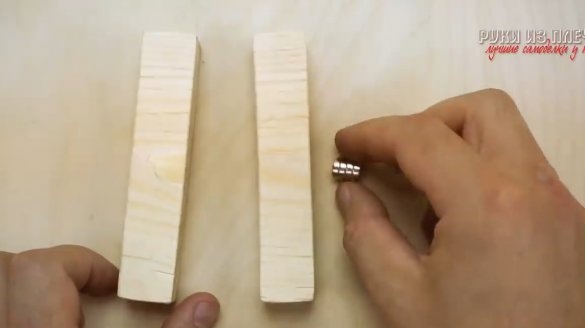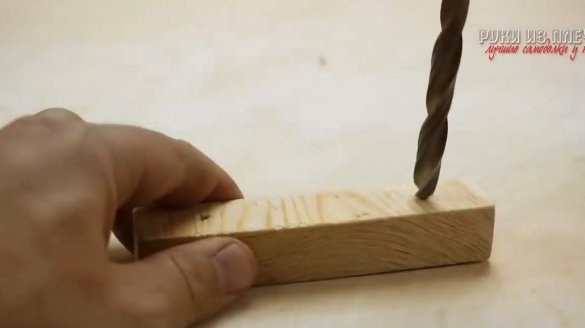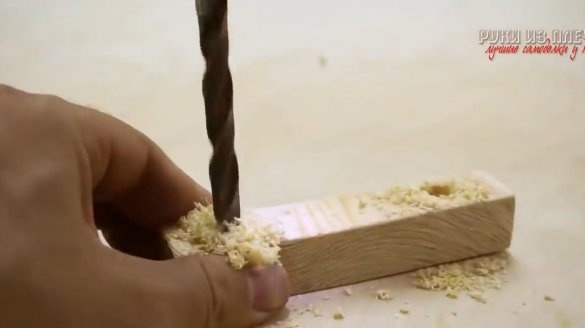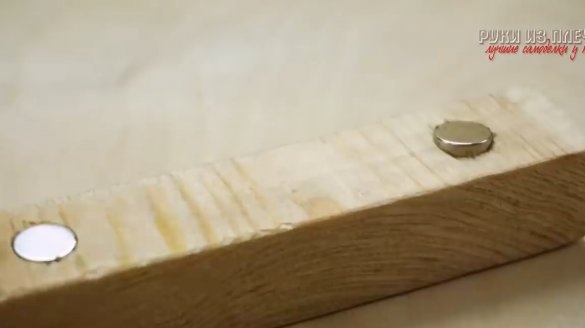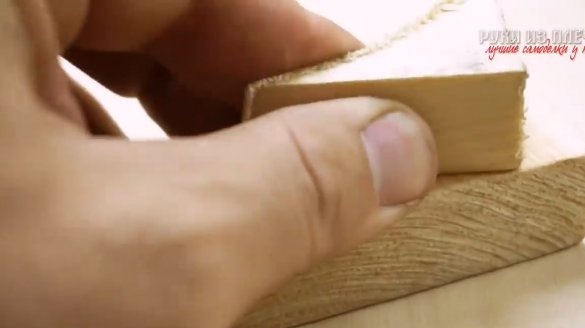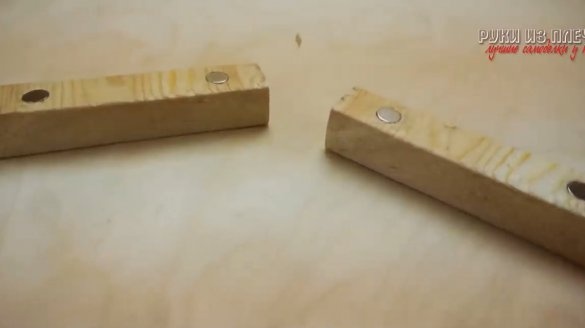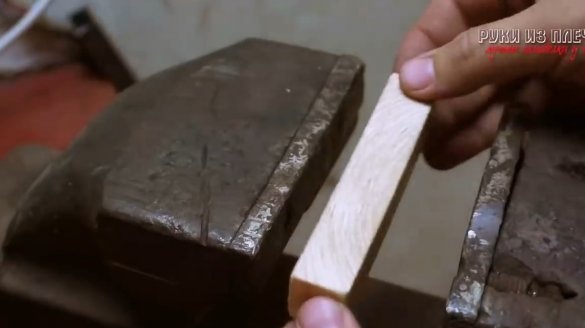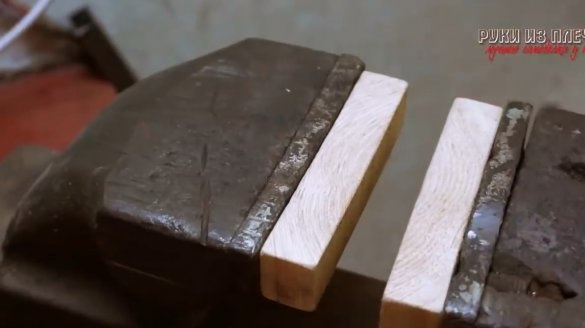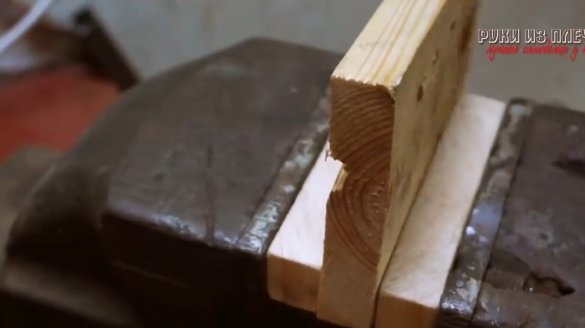In this article, the author of the Hands on Shoulders YouTube channel offers you 17 great tips that he considers the best in three years.
Materials
- Plastic bottles, corks
- Double-sided and regular tape
- Self-tapping screws
- Old brushes
- Stationery clip.
Instruments, used by the author.
- Screwdriver
- pliers
- Stationery knife
- scissors
- Vise
- Engraving machine
- Needle files
- Gas-burner
- Crowns, drills.
Advice.
Tip 1. So, the advice applies to old toothbrushes, the author gave preference to the company "soldier".
As it turned out, just excellent handles for files are obtained from them. We cut a piece that is suitable for the length, and we drill it with a drill with a diameter slightly smaller than the required one. Also, be sure to use a vice to avoid perforating the soft tissues of your hand with a drill.
Next, we heat the base of the needle file with a gas burner or burner, and fuse the handle.
Grasps tightly, and very comfortable and aesthetic handles are obtained.
Tip 2. When disassembling any mechanisms, it happens that small screws and parts remain, or they are missing.
To prevent the latter from happening, arm yourself with an omnipotent adhesive tape, cut a piece of the required length. Bend the ends, and glue on the table.
Now the parts and cogs will not only not be lost, but you will also definitely know the assembly sequence.
Tip 3. Plumbing clips for attaching polypropylene pipes will help get rid of instrumental mess.
Using several sizes, it is easy to place almost the entire hand tool on the stand or on the inner and outer walls of the cabinets, or on their doors. And such clip-on clips cost, in comparison with ready-made solutions of tool storage systems.
Tip 4. From a piece of corrugated cardboard, and several wooden skewers, you can make extremely useful device.
Cut the skewers and insert into the holes.
This device is quite easy to copy the contours of any complex shapes. The smoother the sticks, the more accurate the resulting profile will be.
Tip 5. Probably many have dried brushes. Smeared somewhere, forgot to wash, and as a result, the next time you will need to buy a new one.
For small paints there is a very simple solution. You will need a clerical clip in which you need to drill a hole.The handle from the brush is also useful, because how can you throw something out without putting it back into action.
We twist two parts, and we get such a stick-holder.
Then we clamp a piece of foam and can be painted. And when they finished painting - we throw out the foam rubber, and next time we put a new piece.
Tip 6. It is convenient to use a crown for processing internal radii if you glue sandpaper to it on double-sided tape. And if you have a set of crowns, then you will get grinding cylinders for all occasions.
After gluing sandpaper, hold the tool in the chuck of a screwdriver, and process the parts. For larger crowns, switch the screwdriver to the first speed.
Tip 7. Now about how to make a perfect countersink for a self-tapping screw.
You can make it from the cap of this self-tapping screw. Using an engraving machine, we cut several grooves at an angle. Then cut off the hat, and get just such a mini cutter.
And now the test tool. We put the cutter on the cross bit, and drill a hole right in the board.
Then we twist the screw, as you see, the result is almost perfect.
Tip 8. In addition, the cut off part of the self-tapping screw also should not be thrown away. We saw several grooves across the thread, and we get just such an impromptu drill-mill.
Various trees, she nibbles quite adequately.
Tip 9. In the next tip, the author shows a super compact screwdriver that has helped him more than once.
To make it, you need two enlarged washers, a bolt with a nut, and several hexagonal bits you need.
In hard-to-reach places, such a screwdriver simply has no competitors.
Tip 10. When laying flooring, or other coatings, often have to mark out quite complex ledges.
We will use masking tape, and this task will be greatly simplified. To do this, you just need to glue the contours of objects.
Well, then glue the pattern to the surface on which you want to make cutouts.
Tip 11. In the following advice, the author suggests making it a rule to mark the wires of power tools and devices in various colors using multi-colored insulating tape. This must be done at the beginning and at the end.
Then you do not have to guess which plug you need to pull out of the extension cord to turn off any device. Especially when the wires are tangled. With a lack of colors, you can mark with a different number of stripes.
Tip 12. Now the author’s advice for those who rarely encounter plumbing.
At a glance, it is difficult to determine the diameter of the pipe, or fittings.
It is worth noting that the most common diameters of pipes and connectors in houses and apartments are three quarters and one second inch. However, almost all of you have a trifle with you, it will help you not to get confused in the size of the diameter. 1/2 inch corresponds to a moment of 1 ruble. And three quarters - 5 rubles.
Tip 13. A very simple alternative to angle and tape clamps, when gluing small wooden products, can serve as key rings made of spring steel.
Saw, or bite the ring, and sharpen the edges. The tip of the half-ring digs into the tree, and holds pretty well.
Tip 14. Further, the author would like to show a useful thing for the engraver. You will need a small plastic bottle with a wide neck. It is advisable to choose a bottle from transparent plastic, without convex patterns.
Now we unscrew the nut of the engraving machine, and drill a hole of a suitable diameter in the lid. Then we put on the cover and screw the nut.
We cut out such a casing from the neck, and screw it into the lid.
Now, of course, the test. As the author has already said, this is why it is better to use a transparent bottle.
Tip 15. In order to give cable bundles compactness, ease of use, and aesthetic appearance, as well as additionally protect cables from mechanical damage, the author advises the following.
For this purpose, it is very convenient to use a plastic spiral braid.
And the coolest thing is that it is very easy to make such a braid from a plastic bottle.
Tip 16. To do this, dissolve the bottle on the tape. This is done with a very simple bottle cutter.To make it, you need a blade from a clerical knife, a pair of self-tapping screws with a press washer, a fillet with a cut and a long hairpin, or a knitting needle.
Next, wind the tape spirally on a tube or a round of suitable diameter.
Then we seat the tape over the burner of the gas stove, burner, or construction hairdryer. Too much heat is not worth it.
We shift the finished section and do further winding until we get the desired length of the spiral.
Tip 17. For extreme homemade work you will need two small wooden blocks and four small neodymium magnets.
In the bars we drill two holes along the diameter of the magnets.
Then we press magnets into these holes. If magnets fall out of them, then you can use glue.
And in the end, we get such removable jaws for a vice. They are great for delicately clamping soft materials. You can also glue a piece of leather or a dense fabric on the opposite side.
Thanks to the author for a great selection of tips, I hope they will be useful to the residents of our sites in practice!
Good luck, kindness and creative ideas to everyone!

